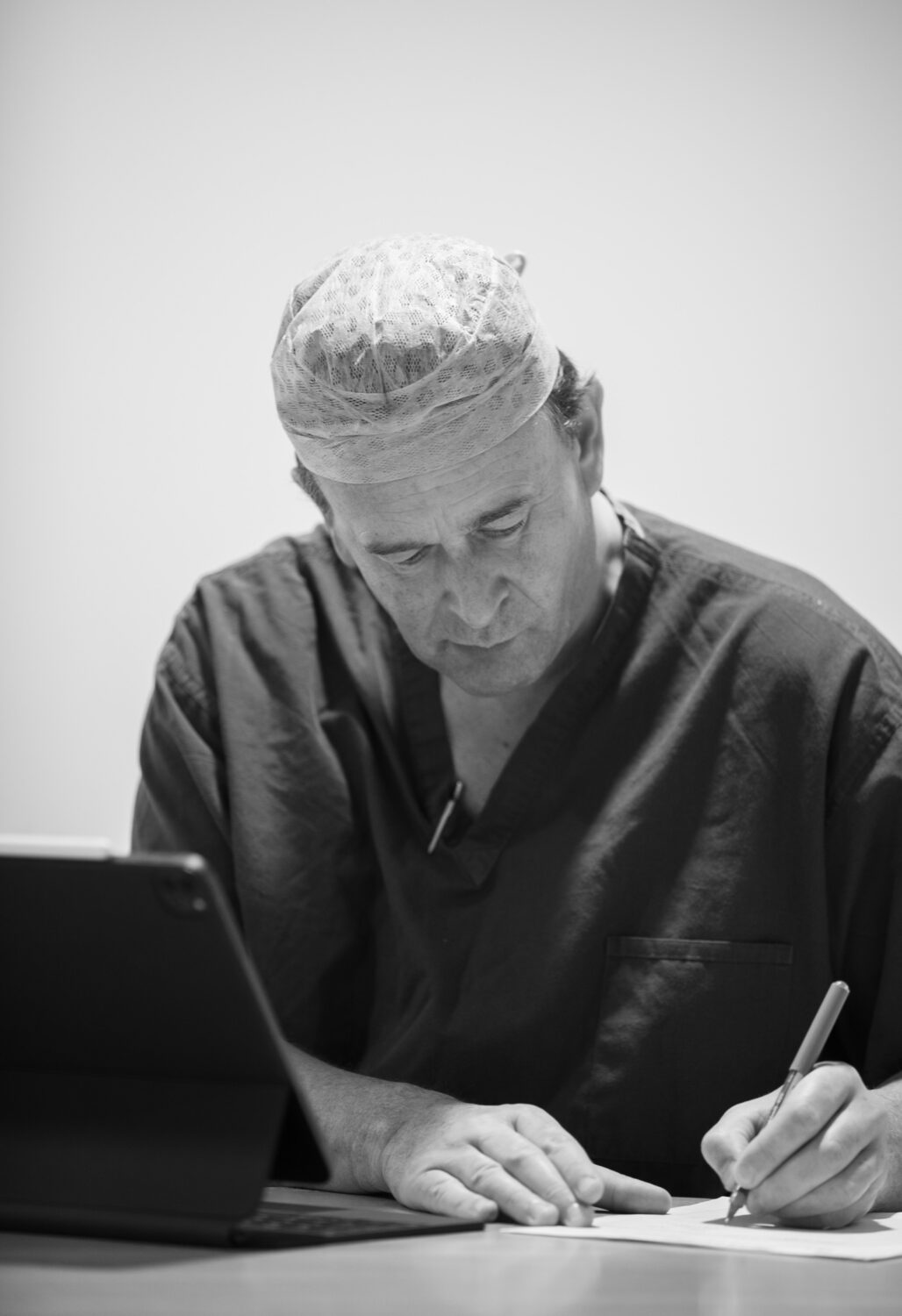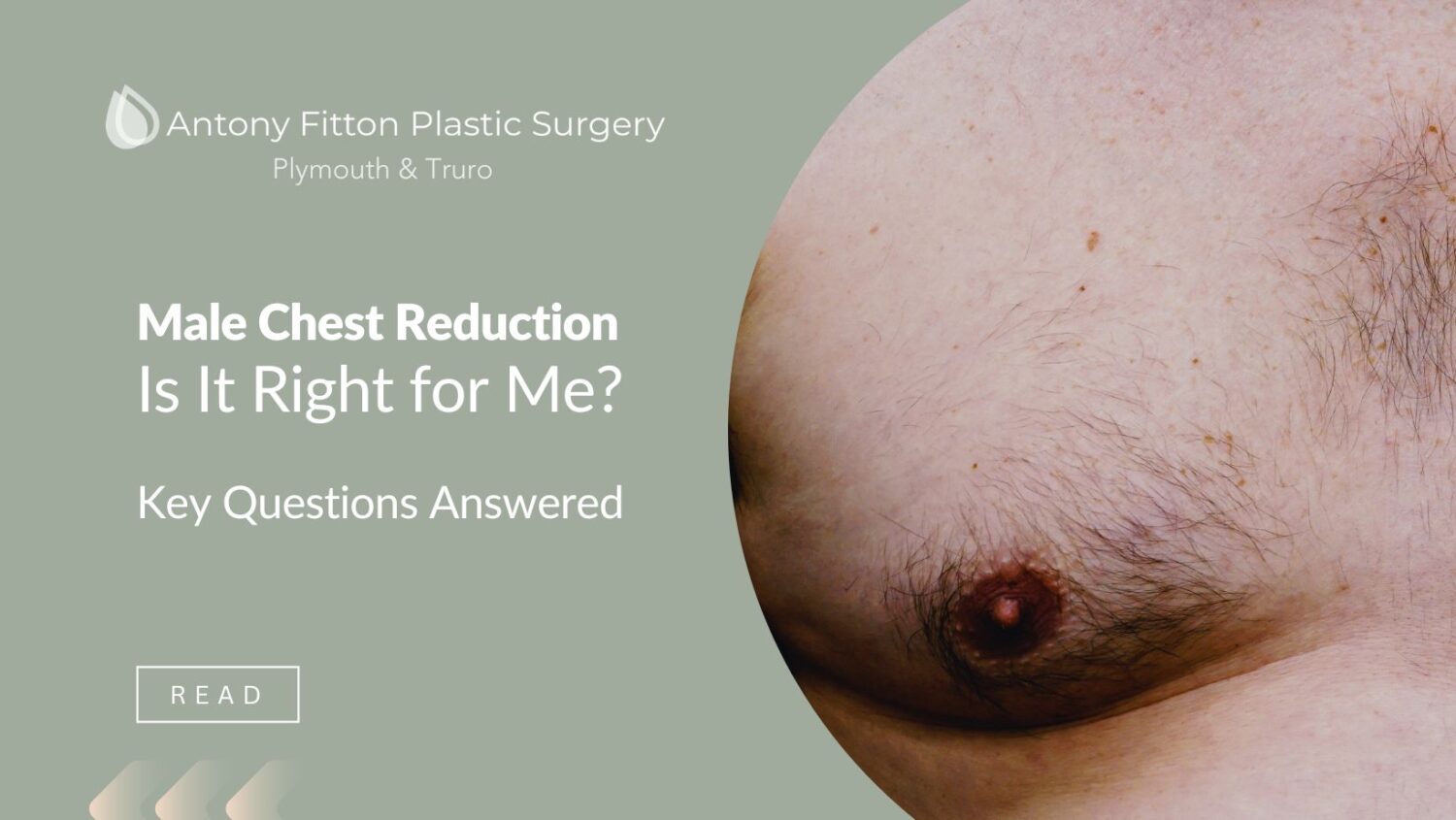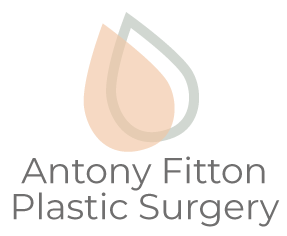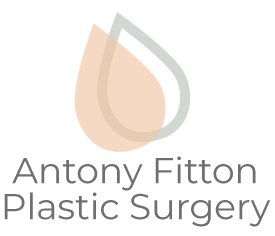
Where are Facelift Scars?
Facelift surgery, a popular cosmetic procedure, aims to provide a more youthful appearance by addressing sagging skin and wrinkles.
A common concern for many considering this surgery is the visibility of scars. Understanding where facelift scars are typically located and how they heal can help patients set realistic expectations and prepare for recovery.
This guide explores the usual locations of facelift scars and offers tips to minimise their visibility as the healing process progresses.
Facelift Surgery
Facelift surgery, or rhytidectomy, is a common cosmetic procedure aimed at reducing the visible signs of ageing. One of the key concerns for many individuals considering this surgery is the potential for scarring. Understanding where and how these scars form can help patients make informed decisions about their facial surgery options.
Types of Facelifts and Their Impact on Scarring
There are several types of facelift procedures, each with its own approach to lifting and tightening the skin. These variations can influence scar placement and visibility:
– Traditional Full Facelift: This involves incisions that typically start in the hairline at the temples, continue around the ear, and end in the lower scalp. While this method provides the most comprehensive lift, it also results in more extensive scarring.
– Mini Facelift: A less invasive option, the mini facelift involves fewer and shorter incisions, usually located around the ears. As a result, the scars are generally less noticeable than those from a full facelift.
– Neck Lift: This procedure focuses on the jawline and neck and often accompanies a facelift. Incisions are usually made around the ear and may extend into the posterior hairline, creating potential scars.
– Mid-Face Lift: Targeting the cheeks and lower eyelids, this type often utilises incisions made in the lower eyelid or within the hairline, leading to different scar locations.
Each type of facelift has different benefits and potential drawbacks with regard to scarring. Discussing your options and concerns with Mr Fitton, a qualified surgeon, can help determine the most suitable procedure for your needs.
Common Locations of Facelift Scars
While the type of facelift influences scar placement, there are common areas where scars typically form:
– Around the Ears: Most incisions for facelift procedures are made in natural creases around the ear, helping to conceal them.
– Hairline: Depending on the technique, incisions may extend into the hairline, which can aid in hiding scars as hair can grow over the area.
– Under the Chin: Incisions in this area are often utilised in conjunction with a neck lift, with scars sometimes visible when the head is tilted back.
Scar visibility can vary significantly based on the individual’s healing process, hair style, and the skill of the surgeon.
How Scars Vary Based on Technique
The specific techniques used during the procedure can greatly impact the appearance of scars. Modern advances in cosmetic procedures often employ techniques designed to minimise scarring. For example:
– Endoscopic Facelifts: Employing smaller incisions, often hidden within the hairline, this technique can significantly reduce visible scarring.
– Suture and Staple Methods: These methods affect how scars form and heal. Proper technique in closure can result in finer, less visible scars.
– Tension on the Skin: The way the surgeon manages tension during closure can influence scar development; less tension usually results in finer scars.
Surgeons often combine these techniques to achieve the best cosmetic outcome, tailoring their approach to each patient’s needs.
Facelift Recovery and Scar Healing
The recovery phase post-facelift is crucial not only for overall healing but also for the management of scars. Understanding the recovery process can help patients prepare and manage their expectations effectively.
4 Stages of Recovery Post-Facelift
1. Immediate Post-Operative Stage: This occurs during the first few days after surgery. Patients can expect swelling, bruising, and some discomfort. Keeping the head elevated and using cold compresses can help manage these symptoms.
2. Early Healing (First Week): Within the first week, the initial swelling and bruising should start to subside. Sutures or staples are typically removed after about five to seven days, and most patients can resume non-strenuous activities.
3. Mid-Term Recovery (2-4 Weeks): Swelling and bruising continue to decrease. Patients may notice tightness in the skin as the healing progresses.
4. Long-Term Recovery (3-6 Months): Scars will mature during this period, starting to fade from red to a pale, thin line. Most residual swelling settles during this phase, and results become more evident.
The healing process varies for each individual, influenced by their health, age, and adherence to post-operative care instructions.
Tips for Minimising Scar Visibility
– Follow Mr Fitton’s Instructions: Strictly adhere to all post-operative instructions provided by Mr Fitton to ensure optimal healing.
– Protect Your Skin from the Sun: Sun exposure can darken scars, making them more visible. Use a high-SPF sunscreen regularly.
– Use Scar Reduction Creams or Gel: Products containing silicone can help flatten and soften scar tissue.
– Stay Hydrated and Eat a Healthy Diet: Proper nutrition can promote skin health and aid the healing process.
– Consider Professional Treatments: Consult with Mr Fitton about laser treatment or other procedures that can further reduce scar visibility.
Role of Aftercare in Healing
Effective aftercare plays a significant role in the recovery process. This encompasses not only the physical care of scars but also a patient’s overall wellbeing:
– Regular Follow-Up Appointments: Attending scheduled follow-ups allows Mr Fitton to monitor healing progress and address any concerns.
– Gentle Skin Care: Using mild cleansers and moisturisers can help maintain skin health without aggravating incisions.
– Avoid Smoking and Alcohol: These can impair healing by restricting blood flow and leading to poor scar formation.
Proper aftercare not only facilitates faster recovery but also contributes significantly towards minimising scar appearance, allowing you to enjoy the best possible results from your facelift procedure.
Factors Influencing Scar Formation
Undergoing a facelift is a significant step, and understanding the factors that influence scar formation is crucial for a successful recovery. Scarring varies from person to person due to a range of individual and procedural factors.
Skin Type and Healing Capabilities
Your skin type plays a vital role in how scars form and heal after a facelift. People with fair skin often develop less noticeable scars compared to those with darker skin, which might develop more prominent ones. However, skin healing is not solely dependent on skin colour; its natural elasticity and overall health are equally important.
– Elasticity: Good skin elasticity can aid in better healing, potentially resulting in lighter scars.
– General Skin Health: Well-nourished, hydrated skin typically heals more efficiently, which can minimise scar visibility.
Your body’s natural healing abilities also determine how quickly and effectively scars heal. Factors affecting healing capabilities include age, nutrition, and medical conditions such as diabetes or immune disorders, which can impede the recovery process.
The Surgeon’s Expertise and Technique
The skill and technique of the cosmetic surgeon are paramount when it comes to the formation and long-term appearance of scars. Experienced surgeons like Mr Fitton, are adept at making incisions in strategic locations, often along hairlines or natural creases, to conceal scars effectively. They also use advanced suturing techniques to facilitate optimal healing.
– Incision Placement: Inconspicuous incision placement by Mr Fitton can significantly reduce the visibility of scars.
– Suturing Methods: Precision in suturing helps in aligning the skin well, thereby promoting a smoother healing process.
Choosing a qualified and experienced cosmetic surgeon is crucial. When selecting a surgeon, consider their credentials and review previous patients’ outcomes to gauge their proficiency with facial procedures.
Importance of Following Post-Surgery Instructions
Adhering to post-operative care instructions is essential to ensure successful healing and minimal scarring. Surgeons typically provide detailed guidelines to follow during recovery. This may include advice on wound care, activity restrictions, and avoiding exposure to direct sunlight to prevent darkening of scars.
– Wound Care: Proper cleaning and care of surgical sites prevent infection, which could otherwise lead to more noticeable scarring.
– Sun Protection: Applying sunscreen or wearing protective clothing can safeguard healing skin, preventing pigmentation changes.
– Lifestyle Adjustments: Avoiding smoking and maintaining a healthy diet can support and expedite the healing process.
By understanding and managing these factors, patients can influence the quality of their facelift results and enjoy a smoother recovery journey.
Are facelift scars permanent?
Facelift scars are permanent but usually fade and become less noticeable over time. With proper care and protection, they can significantly diminish to blend seamlessly with the surrounding skin.
How can I minimise the appearance of facelift scars?
- Follow Post-Op Instructions: Adhere to your surgeon's guidelines for optimal recovery.
- Avoid Sun Exposure: Use sunblock to protect healing scars from UV damage.
- Scar Treatments: Consider using silicone gels or sheets recommended by your surgeon.
When will facelift scars be fully healed?
Complete healing can take several months. While scars may initially appear red or raised, they generally flatten and lighten over 12 to 18 months.
Plastic surgery can be a life-changing decision, offering both cosmetic and functional benefits.
However, it is crucial to have accurate information and realistic expectations. Consulting with a certified and experienced plastic surgeon is the best course of action to ensure you receive personalised advice and clear answers to any queries.
– Educate Yourself: Research procedures thoroughly.
– Prepare for Recovery: Understand the time and effort needed for healing.
– Prioritise Your Safety: Choose reputable clinics and experienced professionals.
Ultimately, informed decision-making plays a vital role in achieving satisfactory results in any cosmetic procedure.
For a no-obligation quote
For a no-obligation quote, tailored specifically to you, please book in for your consultation with Mr Fitton. Your requirements will be discussed in full confidence in a friendly and relaxed atmosphere.
Following your consultation, the price you are quoted includes everything and there are no extra or hidden costs. Advice, treatment and aftercare are all part of our package to ensure your experience is positive from beginning to end.

About your Plastic Surgeon: Mr Antony Fitton
MB, BS(hons)., MD., FRCS(eng)., FRCS(plast).
Mr Antony Fitton qualified at the Royal London Hospital in 1989 with distinction in Surgery. He holds an MB, BS(Hons)., MD., FRCS(eng). and FRCS(plast). (Fellowship at the Royal College of Surgeons).
He is a member of BAPRAS (British Association for Plastic, Reconstructive and Aesthetic Surgeons), BAAPS (British Association for Aesthetic Plastic Surgeons), and BSSH (British Society for Surgery of the Hand).
Mr Fitton has received the Paton & Masser Award and the CM Matthews Award from the Royal College of Surgeons of England for his research in nerve injury.
Mr Fitton is licensed as a Plastic and Reconstructive Surgeon by the GMC.

- 0% Finance Available
- Consultations and treatments are available at either the Nuffield Health Hospital, Plymouth or the Duchy Hospital, Truro
- Care Quality Commission Regulated
- GMC Specialist Registered Surgeon
- BAPRAS, BAAPS and BSSH member
- Registered MD
Life-changing result
"I just wanted to thank you (and your team) for the life-changing result of my top surgery. This will provide me with the freedom that I’m excited to enjoy, including being able to go swimming and actually staying cool in summer! All jokes aside, you have helped to mark a new chapter in my life, for which I am incredibly grateful… ALL the best."
Our appearance has an impact on how others perceive us. We are experts in creating an improved version of you. You can click on the procedure below for more information.
Body surgery (or contouring) can involve all or one of the following, with a prime focus on areas such as the buttocks, tummy, thighs, arms, and breasts. Click on the links below for more information.
There are several different types of hand surgery but all aim to restore functionality while making the hand look as normal as possible. Click on the links below for more information.

Is Male Chest Reduction Right for Me? Key Questions Answered
Is Male Chest Reduction Right for You? This blog answers crucial questions on gynecomastia surgery s

How to Get Plastic Surgery Sooner | Advice from Antony Fitton
Tired of the long NHS waiting times for plastic surgery? Discover how you can access private surgery

Where are Facelift Scars?
Discover where facelift scars are typically located and tips for minimising visibility during recove







